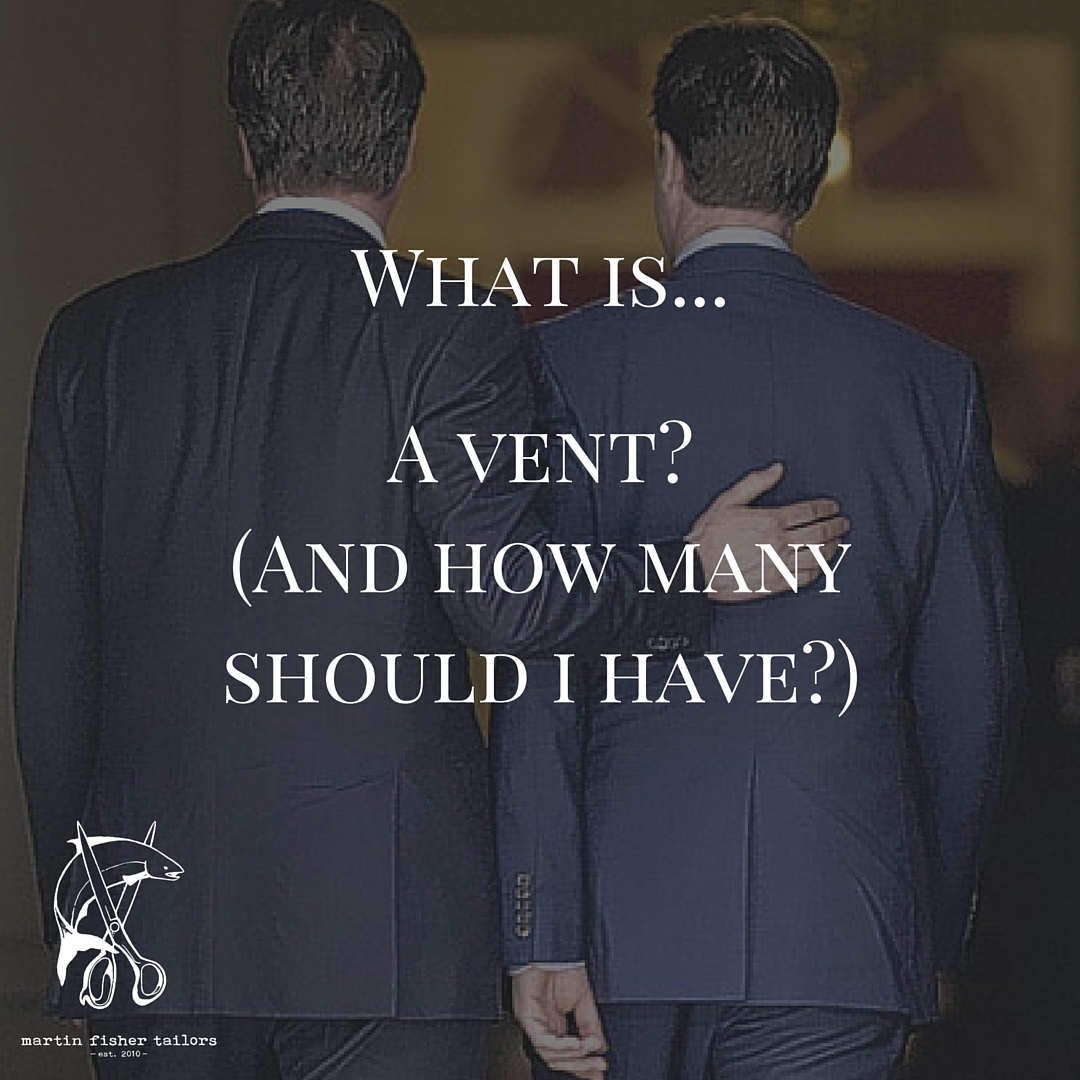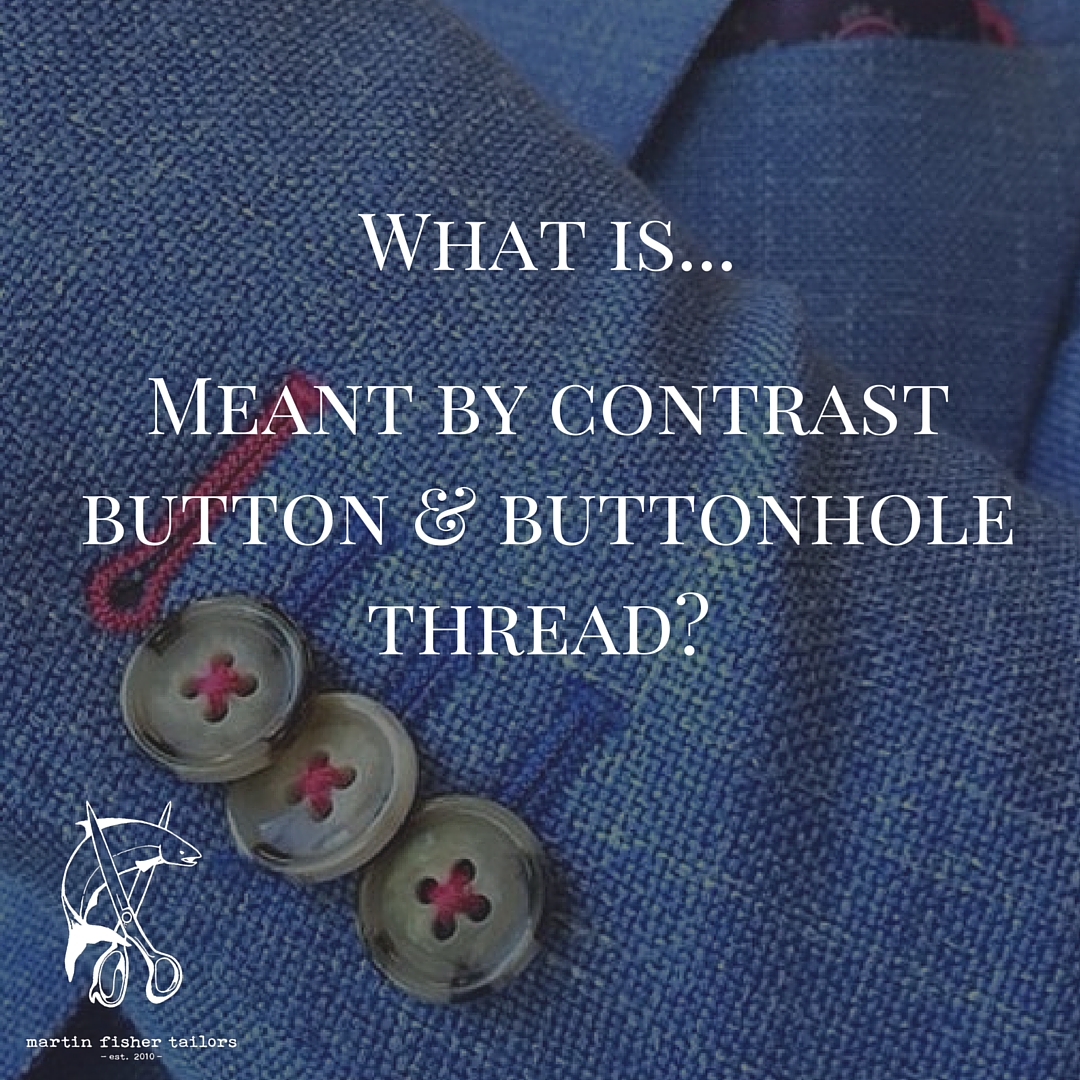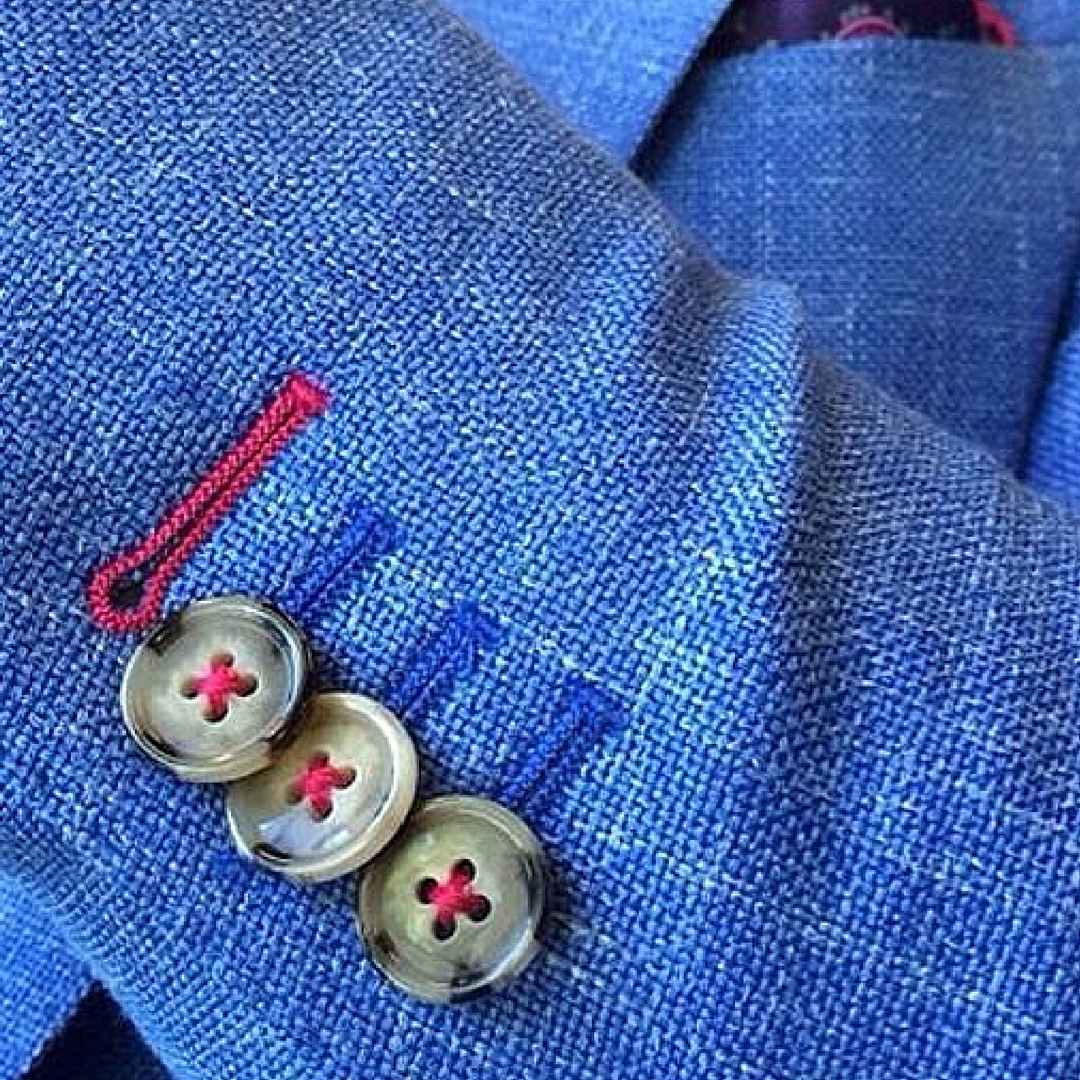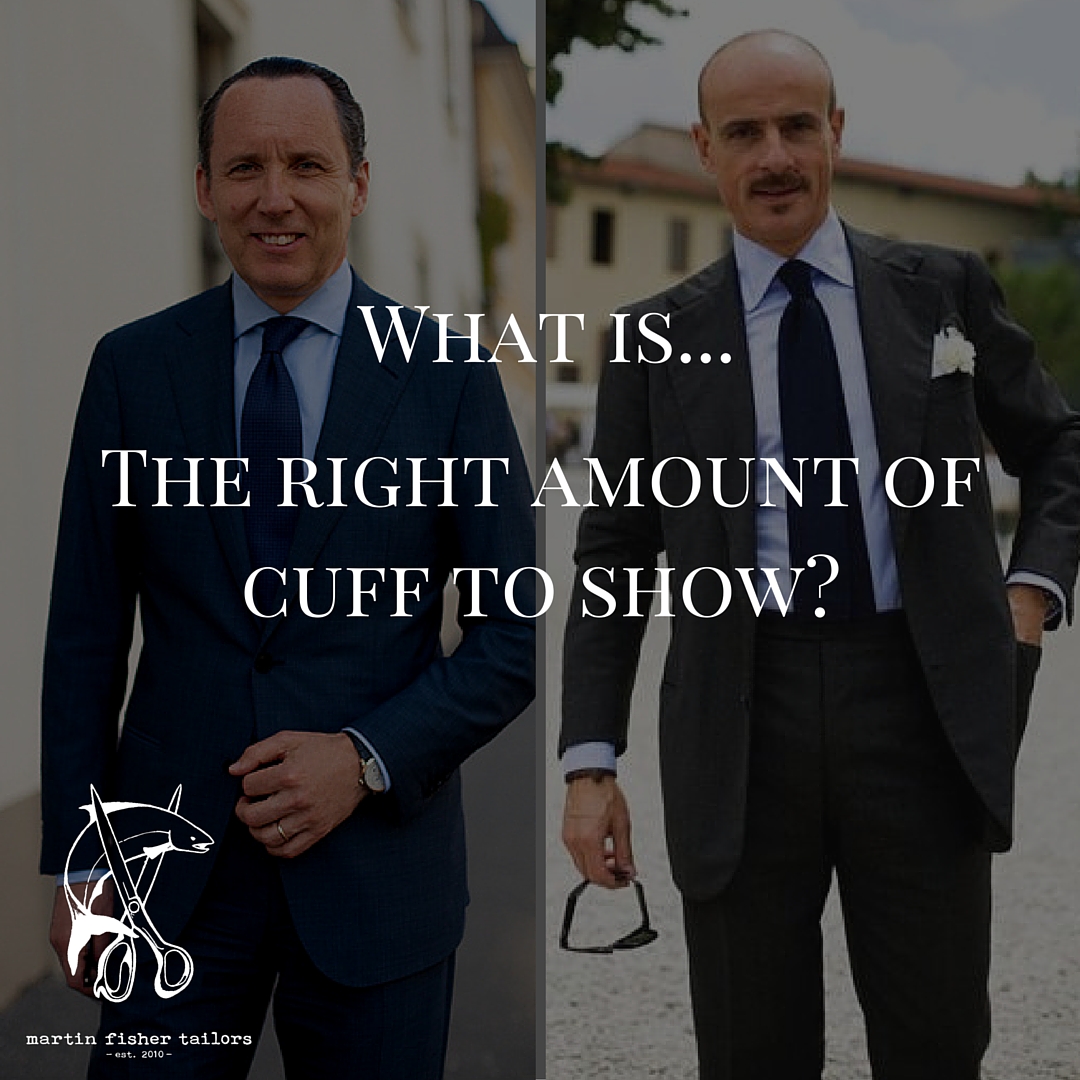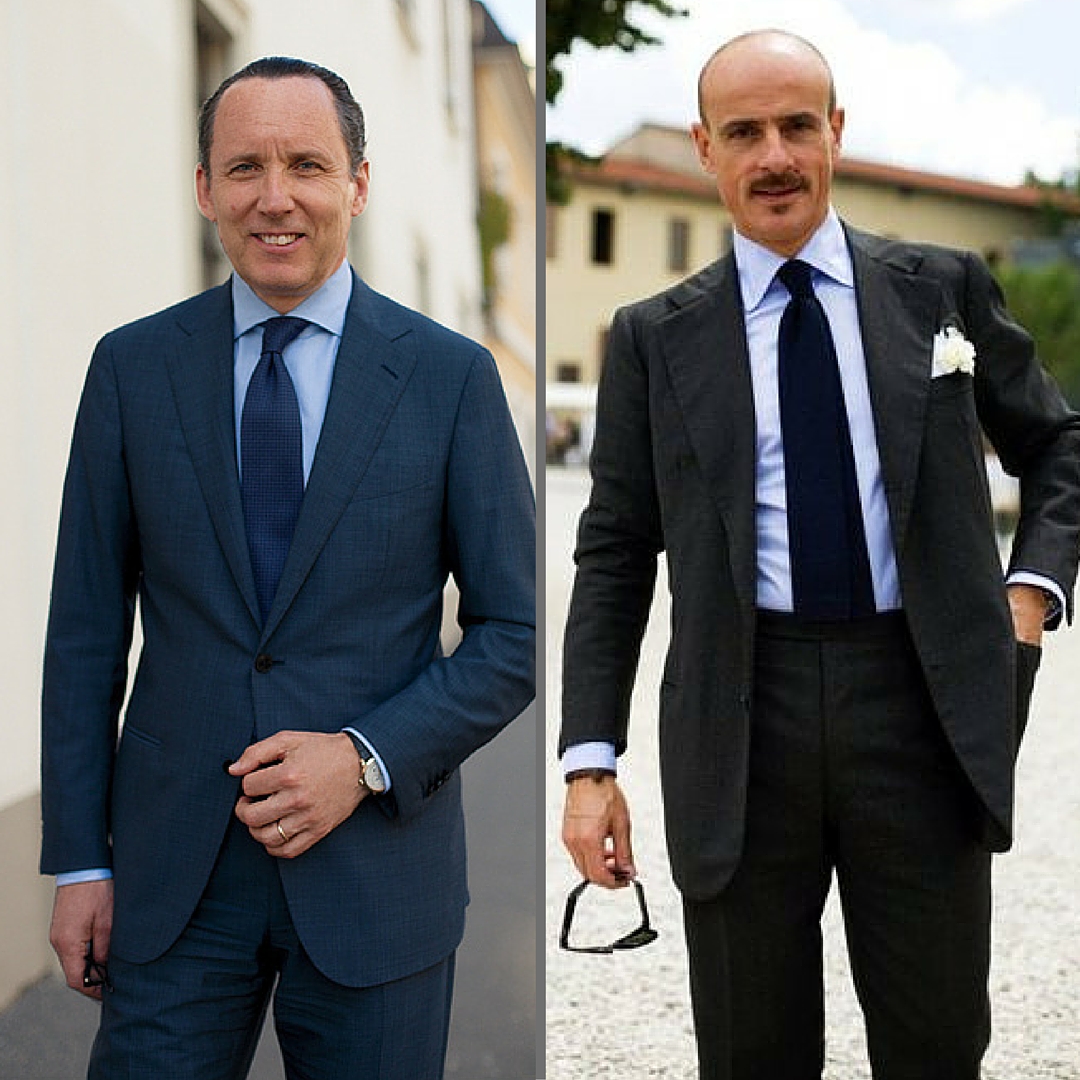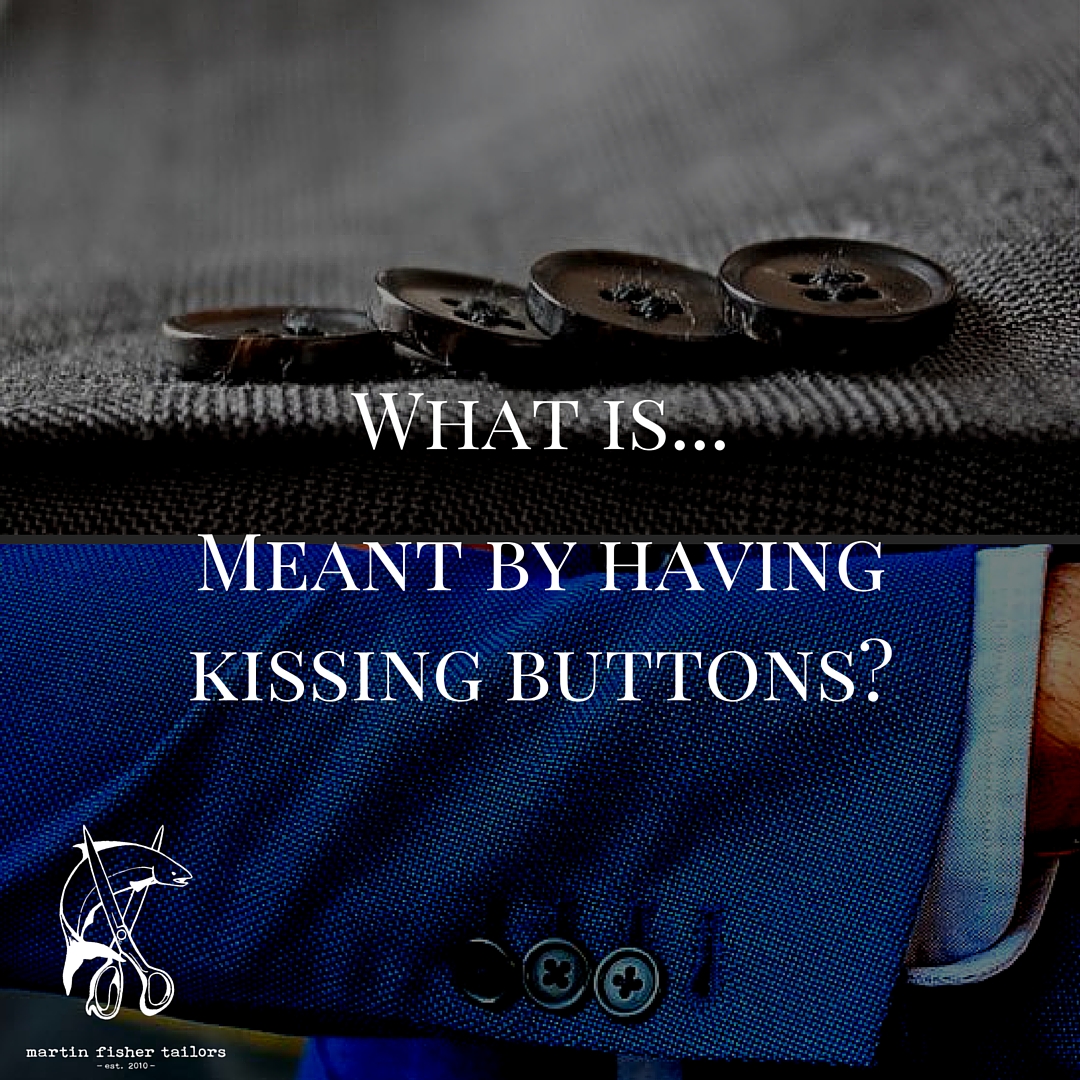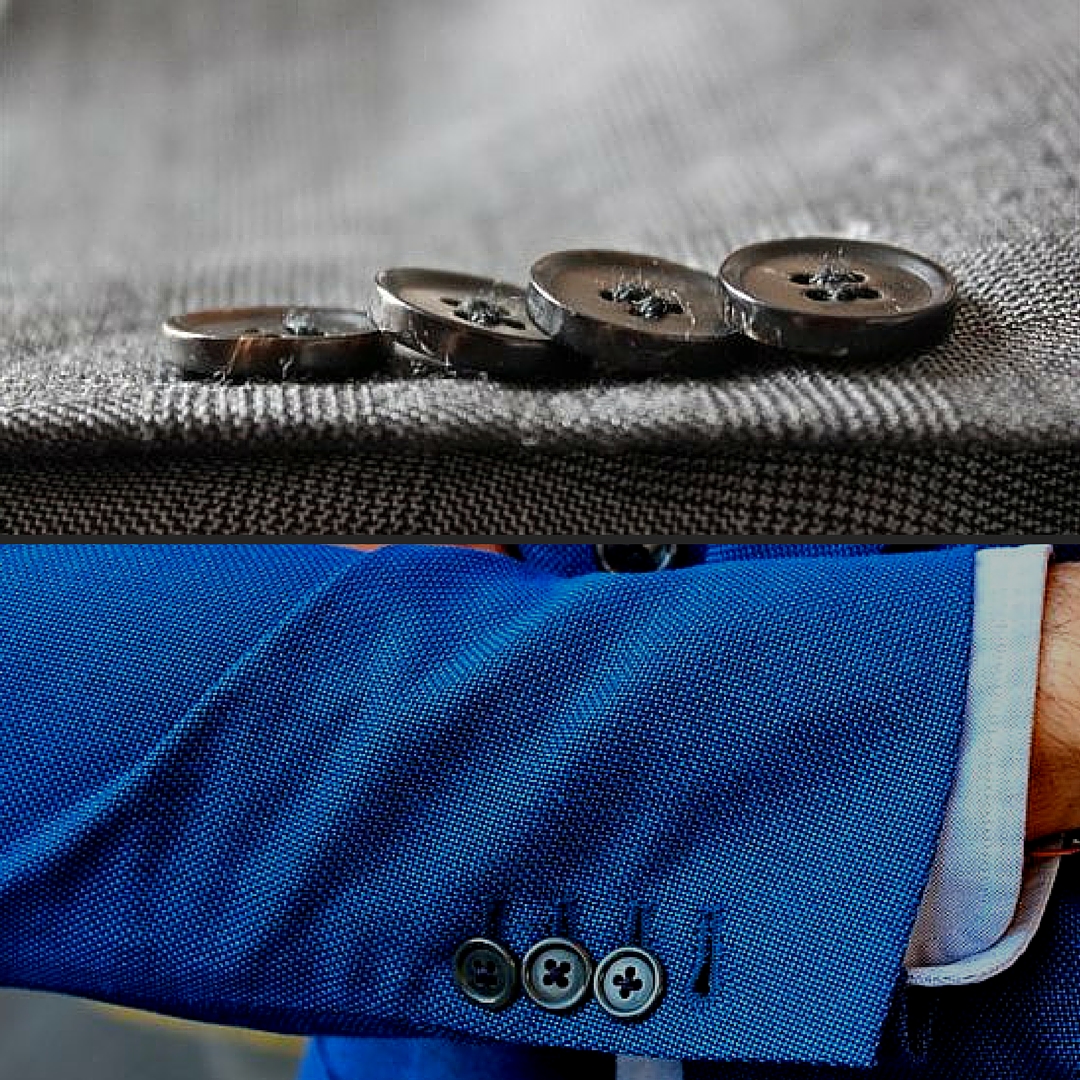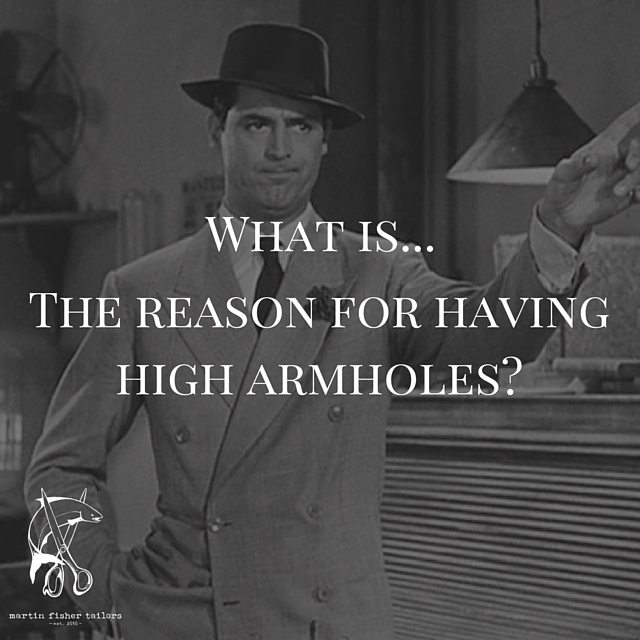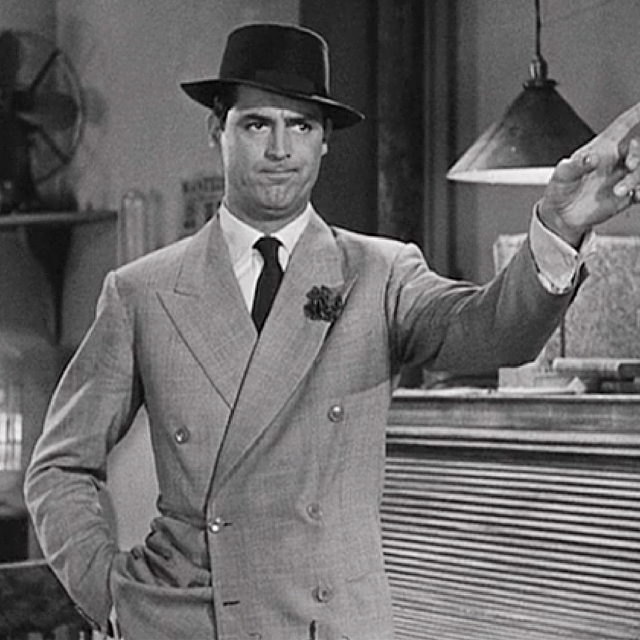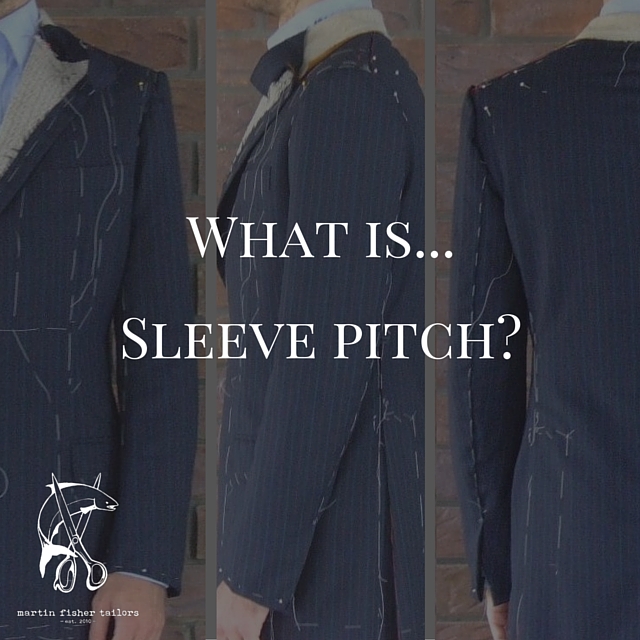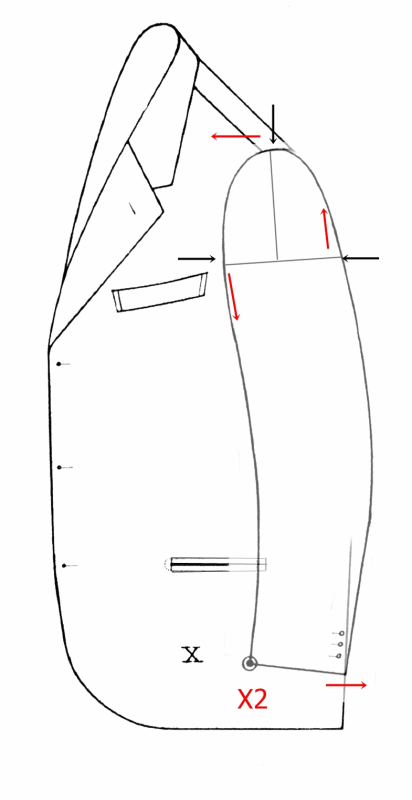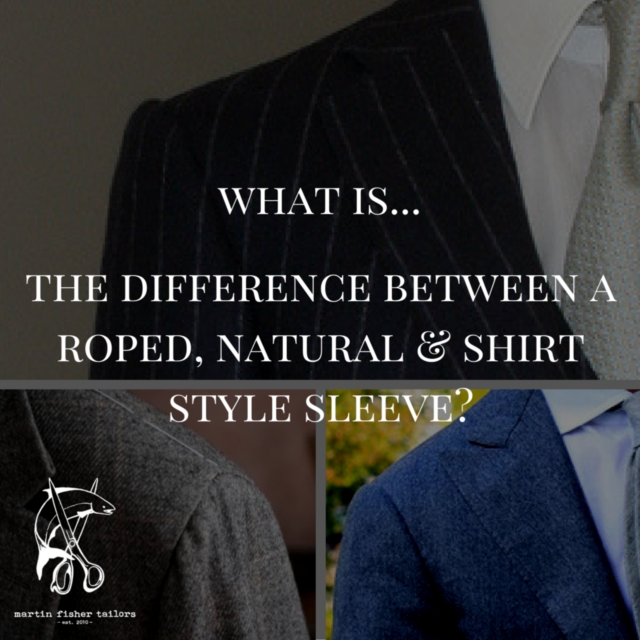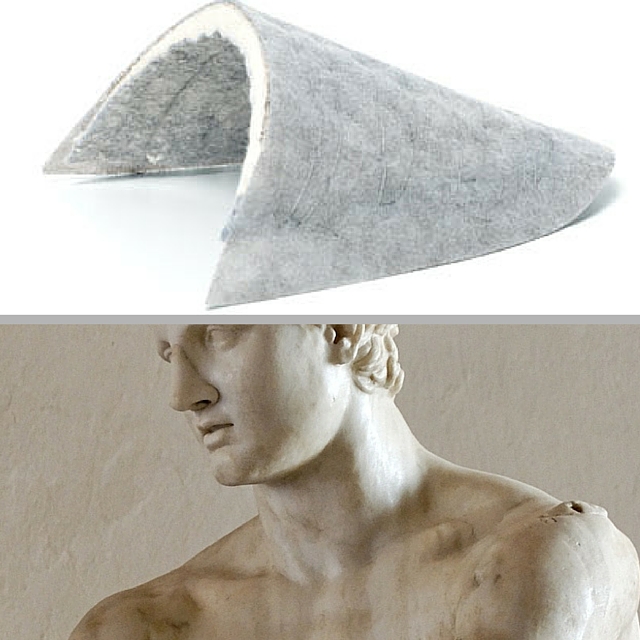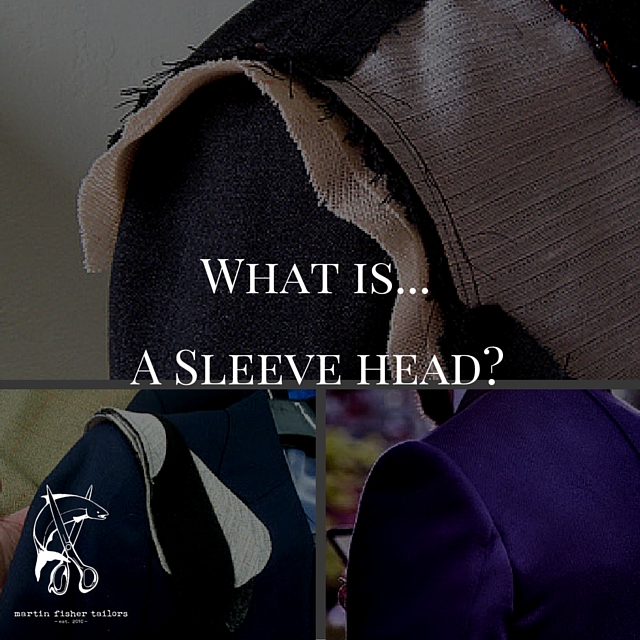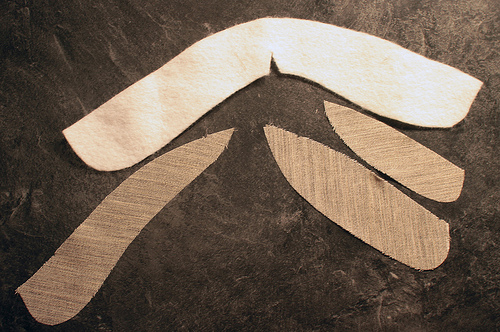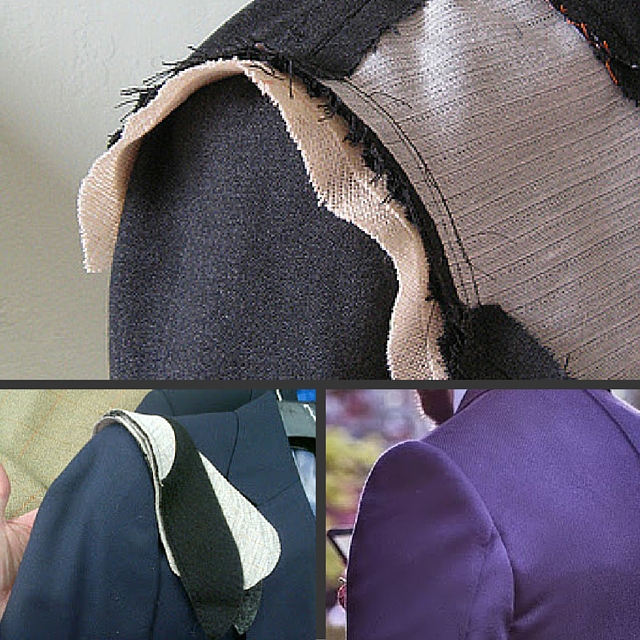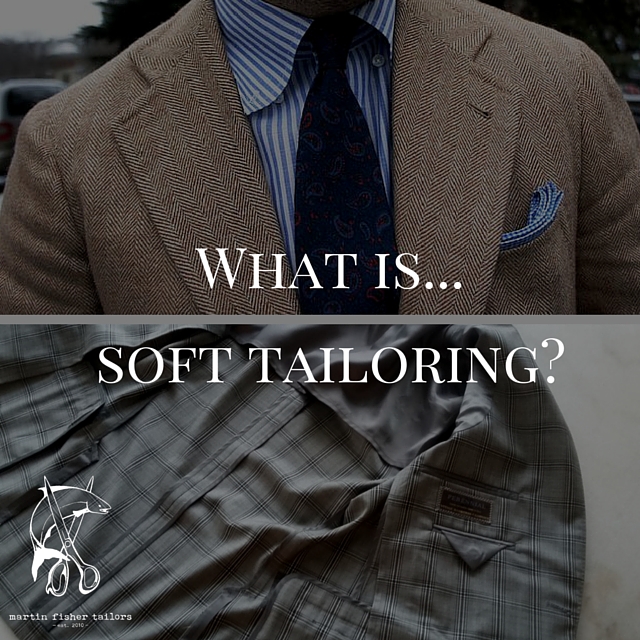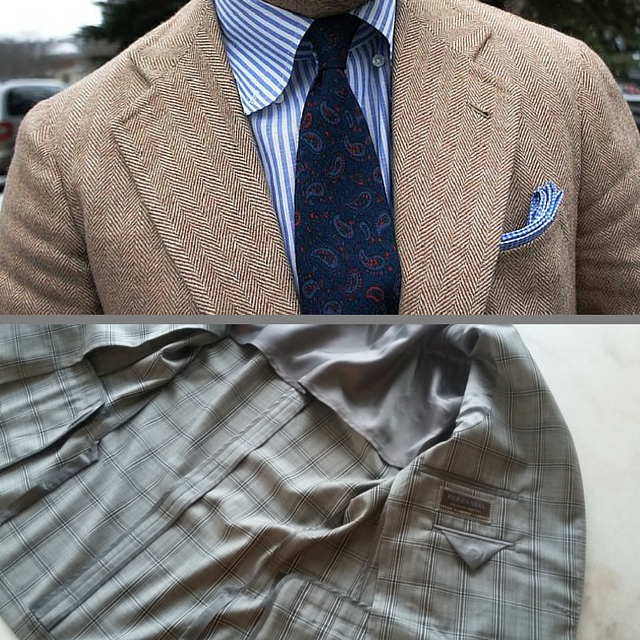What is Wednesday.
This weekly What is Wednesday post is aimed at answering some of the more basic and critical aspects of tailoring and the terminology we use to describe them. It stems from realizing that I’m constantly throwing out different terms with my clients and quite often they’re unsure as to what I exactly mean. The goal of this section then is to alleviate this terminology gap and provide you with some know-how to talk tailoring with a little more ease.
What is…a vent? (And how many should I have?)
A vent is a vertical slit on the back of jacket that rises upwards from the bottom hem – its purpose is to allow for a greater ease of movement when wearing the jacket. There are two options to choose from – the single vent or double vent – as can be seen in the image below:
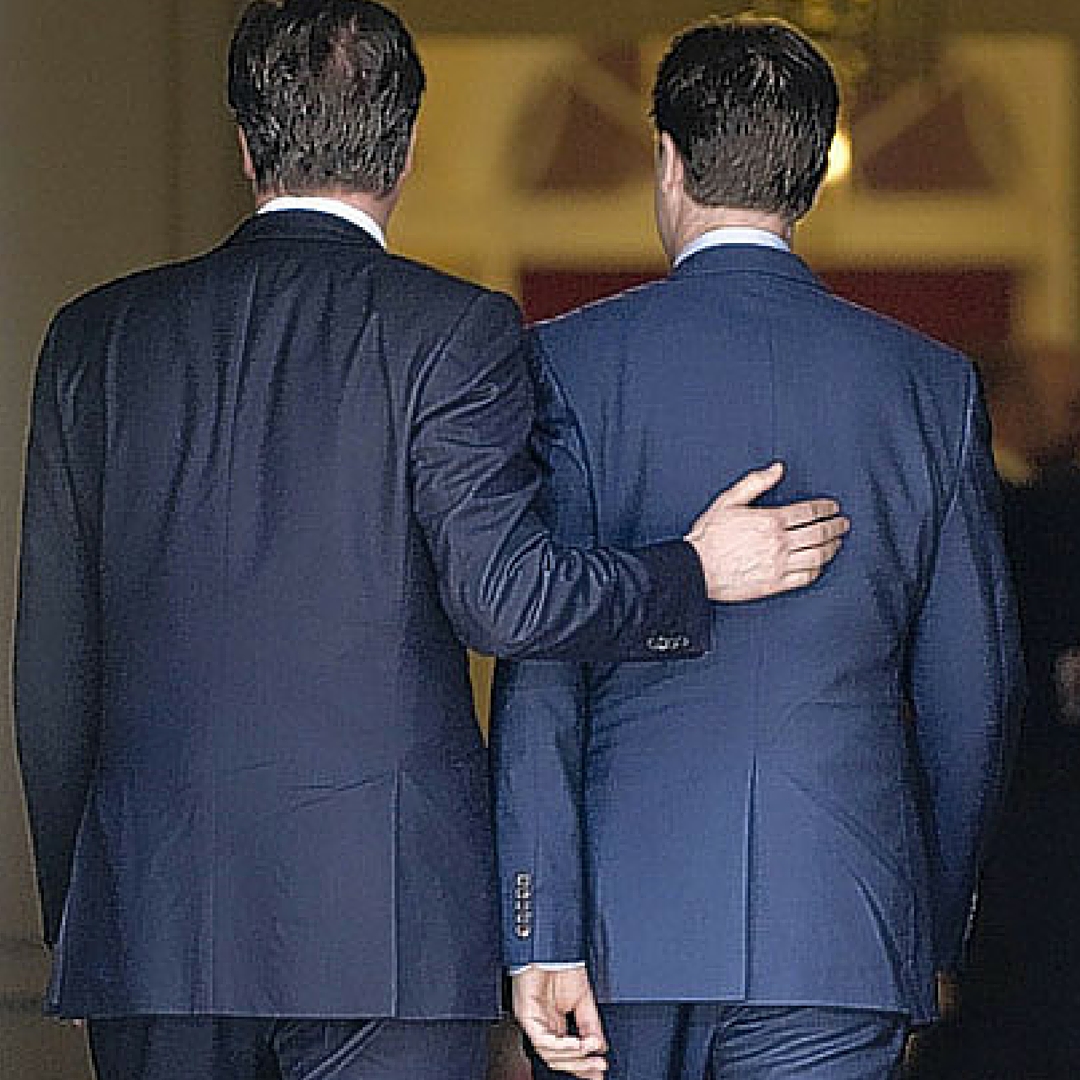
On the left is British PM David Cameron in a double vented jacket; while on the right is his Deputy PM Nick Clegg in a single vented jacket. Both options are equally correct and look good when they lie flat and at a 90 degree angle as seen here.
Which brings up the big question – which option is preferable? My first response to clients is always whatever looks aesthetically cleaner to their eye. In most cases they don’t have an opinion thus response number two – do you put your hands in your pockets? If the answer is yes then you should always choose the double vent. The reason is the double vent creates a flap that covers your seat when your hands enter the pockets of your pants just like can be seen here:
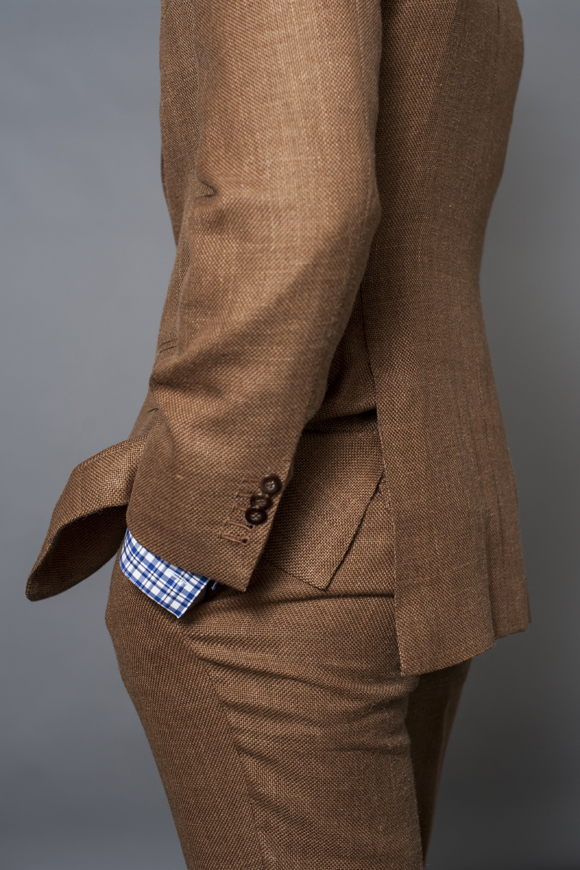
If you don’t put your hands in your pockets then my advice is to still stick with the double vent – reason being that two vents simply allow for more ease of movement than one thus allowing us to cut the garment a touch closer in other areas. I would also add that aesthetically it looks more balanced – but that is just my personal opinion of course!
As always please don’t hesitate to get in touch if you have any questions or comments. Better yet book a free appointment and we can banter in person and see if we might be a good fit to work together.
Take care – Michael
info@martinfishertailors.com

